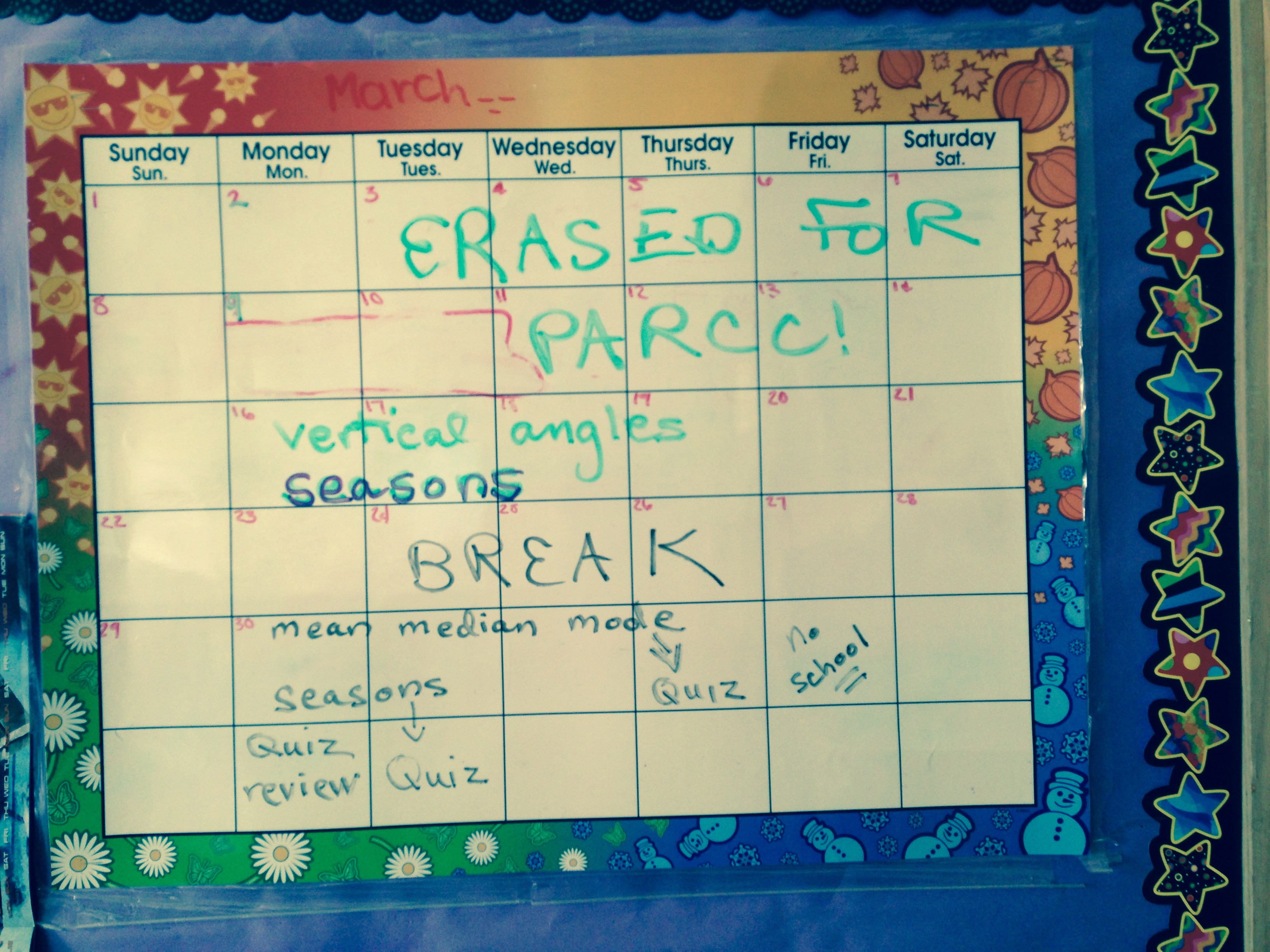A March 23, 2015, article in the APA’s Journal of Educational Psychology® reported that more than 70 minutes of homework may be too much for adolescents. The article interprets another journal article* and I’m inclined to let the original researchers off the hook for some of the silliness that followed, since I have not read the bulk of their findings. According to the original article, though, adolescents benefit from doing homework alone and regularly with an hour a day being about the optimal amount of homework. The researchers came from the University of Oviedo in Spain and “looked at the performance of 7,725 public, state-subsidized and private school students in the principality of Asturias in northern Spain. The students had a mean age of 13.78. Girls made up 47.2 percent of the sample.”* The sample size certainly seems adequate, although I’d caution against automatically applying results from Spain to American school children.
If I study flight patterns of houseflies, I can’t assume that my results apply to dragonflies. For example, Spanish primary students commonly have a long midday siesta as part of their school experience, between noon and three. They then resume school after this rest, finishing around 5:00 in the afternoon. Secondary schools may also have a midday break. For young adolescents, the school day usually runs from 8 to 3, or 8:30 to 2 and then 3:40 to 5:30. Actual hours vary by region and by academic program. These hours themselves may affect homework performance, making a Spain/U.S. comparison less trustworthy. The Spanish educational system differs from ours in other important ways. Formal support for vocational and technical education in Spain is much stronger than the gutted system that American schools now possess.
In any case, these Spanish students received questionnaires asking how often they did homework and how much time they spent on different subjects. The questionnaires also asked if they did their homework alone. Scores on standardized math and science tests were used to determine academic success.
According to the article in the APA’s Journal of Educational Psychology®, providing a synopsis of the original Spanish research, researchers found the following:
… students spent on average between one and two hours a day doing homework in all subjects. Students whose teacher systematically assigned homework scored nearly 50 points higher on the standardized test. Students who did their math homework on their own scored 54 points higher than those who asked for frequent or constant help. The curves were similar in science.
“Our data indicate that it is not necessary to assign huge quantities of homework, but it is important that assignment is systematic and regular, with the aim of instilling work habits and promoting autonomous, self-regulated learning,” said Javier Suarez-Alvarez, graduate student, co-lead author with Ruben Fernandez-Alonso, PhD, and Professor Jose Muniz. “The data suggest that spending 60 minutes a day doing homework is a reasonable and effective time.”
The total amount of homework assigned by teachers was a little more than 70 minutes per day on average, the researchers found. While some teachers assigned 90-100 minutes of homework per day, the researchers found that the students’ math and science results began to decline at that point. And while they found a small gain in results between 70 and 90 minutes, “that small gain requires two hours more homework per week, which is a large time investment for such small gains,” said Suarez-Alvarez. “For that reason, assigning more than 70 minutes of homework per day does not seem very efficient.”
As for working autonomously or with help, the researchers found that students who needed help and did 70 minutes of homework per day could expect to score in the 50th percentile on their test while autonomous students spending the same amount of homework time could expect to score in the 70th percentile. One possible explanation of this result is that self-regulated learning is strongly connected to academic performance and success, according to Suarez-Alvarez.
“The conclusion is that when it comes to homework, how is more important than how much,” said Suarez-Alvarez. “Once individual effort and autonomous working is considered, the time spent becomes irrelevant.”
Eduhonesty: I am not attempting to contradict the Suarez-Alvarez research. I do wish to call attention to what has happened to what is likely a sound piece of research. I stumbled on this piece on Yahoo yesterday. The synopsis in the APA’s March 23, 2015, Journal of Educational Psychology® is titled, “How Much Math, Science Homework is Too Much?” with a subtitle that reads, “More than 70 minutes is too much for adolescents, researchers find.” At this point, if I google “more than 70 minutes may be too much for adolescents,” a phrase taken from the article, I get a frightening load of simplifications and gobbledygook from people who appear to have read this article’s headline, but not necessarily the content. Reddit says, “Study finds that more than 70 minutes of homework a day is too much for adolescents…” Healthfinder.gov used the same article to report that “Too Much Homework May Hurt Teens’ Test Scores,” adding, “Study found more than 90 minutes a night linked to lower performance in math, science.” Numerous bloggers have leapt on the study — or rather, on snippets of its results, taken out of context.
This is why I hate to rely on social science numbers. I suspect the original research behind these reports was well-designed. The conclusions drawn from it, however, are dubious at best. Ruben Fernandez-Alonso and Javier Suarez-Alvarez never said homework should be limited to 60 minutes a night, even though their study has been used to promote this view. They never said 70 minutes a day is too much for adolescents. They never said that too much homework may hurt teens’ test scores,” either. What they said was that adding more homework gave diminishing returns at a certain point; between 70 and 90 minutes scores still went up but not by enough to justify the extra time spent on homework. Above 90 minutes of homework, scores began to decline, but the researchers did not conclude that the homework load caused poor test scores. I’ll submit that one possibility for this decline might be that students who needed greatly more time to complete their homework struggled with academics generally. Harriet Crawford picked this article up for the Daily Mail in Great Britain. The Daily Mail titled their article, “Yes, too much homework really can be bad for children: Results begin to drop if it takes longer than 90 minutes with an hour being the perfect time,” and added the following subtitles: 1) A study found homework should take just 60 minutes for pupils to benefit, 2) More than 90 minutes and a student’s results actually begin to drop and 3) New research also discovered children should not receive help at home. Most emphatically, that last subtitle is probably not what Fernandez-Alonso and Suarez-Alvarez intended parents to conclude from their research. The study showed doing homework independently was associated with higher test scores. One possible reason for this result would be that students who are capable of doing their homework independently have achieved a level of mastery necessary to score well on tests. Students who require more help still may lack that mastery. Forcing students to try to do homework they can’t understand without helping them won’t help anyone, though, I’m certain.
I suggest readers plug in the words “more than 70 minutes may be too much for adolescents” into Yahoo or Google just to look at the results. It’s interesting to see how many news outlets seem to be carrying exactly or almost exactly the same articles under different bylines. There’s a regrettable amount of shoddy, duplicative journalism out there.
* “Adolescents’ Homework Performance in Mathematics and Science: Personal Factors and Teaching Practices,” by Ruben Fernandez-Alonso and Javier Suarez-Alvarez, University of Oviedo, and Jose Muniz, University of Oviedo and Biomedical Research Network in Mental Health, Barcelona, Spain; Journal of Educational Psychology; online March 16, 2015. The interpretation of the original article was published in APA’s Journal of Educational Psychology®.
![IMG_0660[1]](https://www.eduhonesty.com/wp-content/uploads/2014/10/IMG_06601-e1413032044953.jpg)


